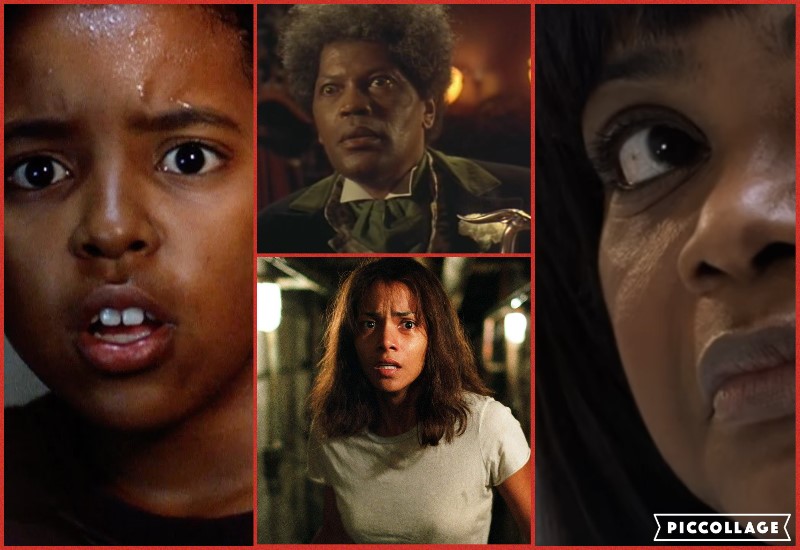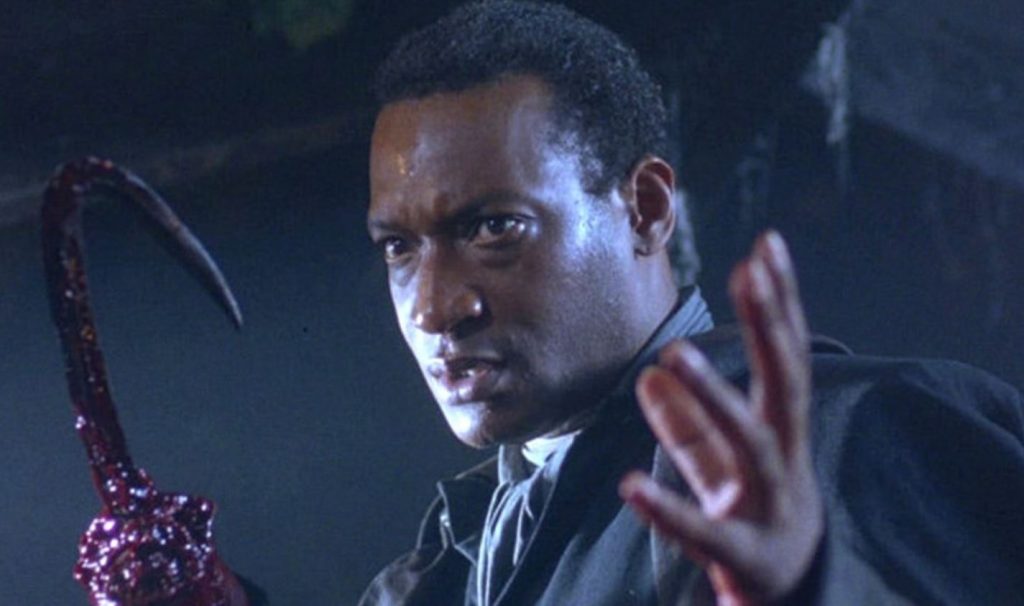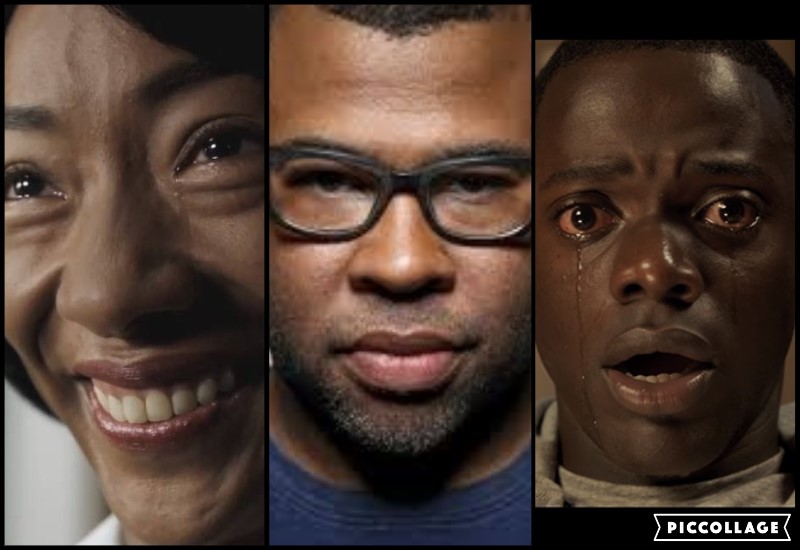BY: LANCE REEDINGER
Horror entertainment is traditionally personified as a genre dominated by Caucasian actors, directors, and producers. A far too common perception of black artist in horror is that of a “token” player. Similar to the extra in any Star Trek episode, black actors are generalized as a brief relief to the main plot and the first to be “axed” out. We at the horror nation know this to be a horrific stereotype. From Duane Jones iconic performance in “Night of the Living Dead,” to Jordan Peele’s best original screenplay “Get Out,”black artist have made countless contributions to the genre. Let us have a look at a few, of many, great horror films that celebrate the contributions from brilliant black minds.
(Night of the Living Dead, 1968, “Duane Jones”)
Upon its release, this legendary film was controversial due to the explicit subject material, silent majority sub-plot, and the casting of a leading black man. The Godfather of zombie and independent films himself, Mr. George Romero, stated that the casting of Duane Jones was due to a fantastic audition performance and nothing else. However, in the midst of the civil rights movement, the assassination of Dr. Martin Luther King and cold war tensions rising, the film accidentally became a template for the times. Jones’ tremendous performance carried the film. The persona of a black man being the level headed, strong character, in the midst of chaos was revolutionary at that time. Jones’s character (Ben) shows compassion, bravery, and empathy with strength. The film’s ending leaves the audience with relief as we believe Bento have survived the night, until one of the most shocking scenes in cinema breaks our heart the next frame. The emotion of relief and then sudden sadness at the end of the film is a testament to the brilliant performance of Mr. Jones, and helped paved the way for more leading roles for black actors.

(Blacula, 1972, “William Crain”)
After graduating from UCLA film school and making his name directing in mainstream television, William Crain, gave the world the first black vampire on film. Mr. Crain fought hard to give the film more elements of thick plot and depth, giving “Blacula” a backstory encompassing the slave trade of the 17th century. What the world got was a unique, fun, and at times frightening film. Mr. Crain added black culture to a historical tale by adding rhythm and blues over contemporary classic scores which dominated the horror world through the previous decade. The film not only broke color barriers but sexual overtones as well, Blacula’s triumphant return is brought about by the purchase of his coffin by two homosexuals. With executives chewing on their fingernails like a starving creature of the night, Blacula went on to be one of the highest grossing films of the year and sparked a wave of black horror films.
(Candyman, 1992, “Tony Todd”)
Celebrated as horror’s iconic black boogeyman, “Candyman’s” roots come from Clive Barker’s short story, “The Forbidden,” set in Liverpool, England. After getting his blessing from Barker, director Bernard Rose, wanted to move the setting to urban Chicago to personify the race culture in America. Already having starred in “Platoon” and the remake of “Night of the Living Dead,” (Reprising the iconic role of “Ben”) Tony Todd was already a much sought after actor due to the physical abilities he could bring to roles. The studio went after Eddie Murphy for the role, but his price tag was too high and so we were gifted Tony Todd. Todd not only delivers a superb slasher performance, but he wrote the backstory for his role, which gave the film depth and cultural meaning. What should have been a simple urban monster tale, turned into an intelligent, thought provoking, commentary on inner city culture. Todd has appeared in over two dozen horror films and shows since, making him one of the great icons of all time.

(Blade, 1992, “Wesley Snipes”)
“Blade,” launched the entire Marvel film universe. The tremendously successful film owes just about everything to actor Wesley Snipes. Hard to imagine Denzel Washington or Laurence Fishburne wielding the sword, but they were the studios first two choices until writer David Goyer demanded Snipes for the role. Twenty years ahead of its time, the action, pace, and performances in the film have made it a timeless classic. Snipes brings power, eloquence, and empathy to the role. Blade’s internal struggle to be accepted as a half-breed is exemplified by Snipes portrayal as the anti-hero. Spawning two sequels, a short-lived television show, and a reboot in the mix, Snipes performance has gone on to create an eternal icon.
(Get Out, 2017, “Jordan Peele”)
After a career in comedy, Jordan Peele won the academy award for best screenplay for “Get Out.” The plot of body transformation is nothing new in the horror genre, but Peele not only directed but wrote an original take that not only entertained but presented a visual presentation on the perception of minorities in America. Playing the cultural idea that being a minority is now “cool” but still very much a stigma, has never been personified so eloquently in art form. “Get Out” went on to not only be critically acclaimed as brilliant but grossed a quarter billion dollars in revenue. Peele’s love of horror and artistic brilliance has propelled him to becoming one of the genre’s biggest names.




